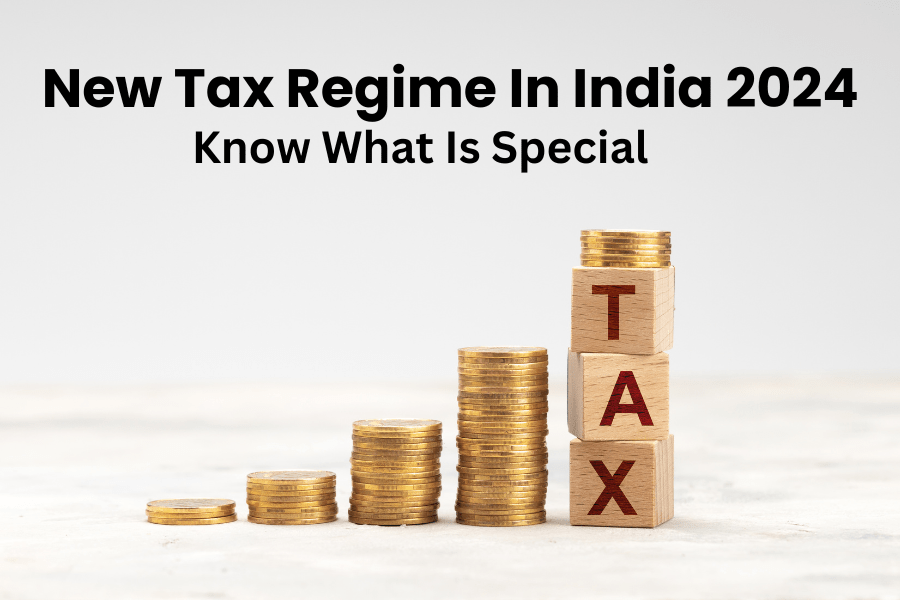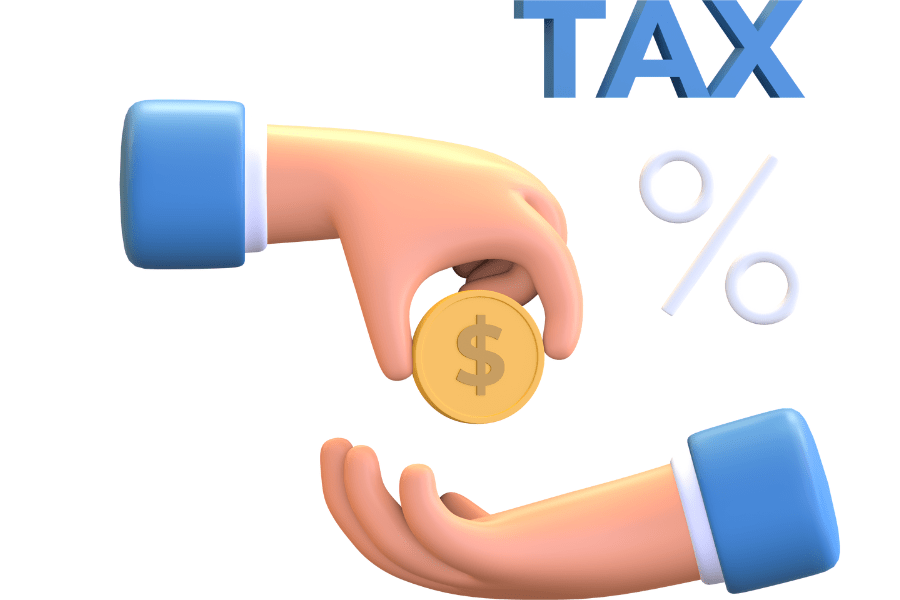Key Changes in the New Income Tax Regime 2024 in India, Things You Must Know
Posted on : April 21, 2024 By Santo

Table of Contents
New Income Tax Regime in India: Key Changes You Must Know
In the recent budget announcement, Finance Minister Nirmala Sitharaman introduced several measures that have significant implications for taxpayers. With a hike in the basic exemption limit, rebate adjustments, and tweaks to the income tax slabs, the new income tax regime has become more attractive for salaried individuals. Let’s delve into the details of these key changes:
Lower Tax Rates

The new tax regime has widened the scope of taxation by introducing six tax slab rates ranging from 0% to 30%. The highest tax rate of 30% applies to individuals with an annual income above INR 15 lakh. Here are the different tax rates and the corresponding income brackets:
- 0% tax rate: Individuals with an annual income of up to INR 2.5 lakh fall under this category and are exempt from income tax. This provision provides relief to low-income earners.
- 5% tax rate: Applicable to income between INR 2.5 lakh and INR 5 lakh. Individuals falling in this bracket pay a nominal tax rate of 5%. This slab aims to ease the tax burden for middle-income taxpayers.
- 10% tax rate: For income between INR 5 lakh and INR 7.5 lakh. Taxpayers in this range are subject to a 10% tax rate. This provision encourages compliance and simplifies tax calculations.
- 15% tax rate: Applicable to income between INR 7.5 lakh and INR 10 lakh. Individuals earning within this bracket pay a 15% tax. The goal is to maintain progressive taxation.
- 20% tax rate: For income between INR 10 lakh and INR 12.5 lakh. Taxpayers in this range are taxed at 20%. This provision ensures a fair distribution of tax liability.
- 25% tax rate: Applicable to income between INR 12.5 lakh and INR 15 lakh. Individuals falling in this bracket pay a 25% tax. The higher rate applies to relatively higher incomes.
- 30% tax rate: For individuals with an annual income exceeding INR 15 lakh. The highest tax rate of 30% is levied on incomes above this threshold. This contributes to government revenue.
Default Option
Under the new tax regime, taxpayers now have a default option. This simplifies the process and ensures that individuals are automatically enrolled in the new regime unless they choose otherwise. This default option streamlines the tax filing process and reduces the burden on taxpayers.
Standard Deduction
Budget 2023 introduced standard deductions in the new tax regime. These deductions provide relief to taxpayers by reducing their taxable income. Standard deductions are a fixed amount that can be deducted from the total income, resulting in lower tax liability. This is a significant benefit for salaried individuals.
Tax Rebate
The new regime offers a tax rebate of up to Rs. 25,000 if the total income does not exceed Rs. 7,00,000. This rebate provides additional relief to eligible taxpayers. However, it is important to note that this rebate is not applicable for non-resident Indians (NRIs).
Higher Leave Encashment Exemption
Salaried individuals can now benefit from higher leave encashment exemptions under the new tax regime. Leave encashment refers to the payment received by an employee for unused leave days. The increased exemption limit reduces the tax liability for individuals who receive such payments.
Surcharge Reduction for High Net-Worth Individuals (HNIs)
The new tax regime includes a reduction in surcharge for high net-worth individuals (HNIs), making it more favorable for those with substantial incomes. Surcharge is an additional tax levied on individuals with high incomes. The reduction in surcharge provides relief to HNIs and encourages investment and economic growth.
In conclusion, the new income tax regime in India brings several key changes that aim to simplify the tax filing process, reduce the tax burden on individuals, and promote compliance. With lower tax rates, standard deductions, tax rebates, and other provisions, the new regime offers significant benefits for salaried individuals and high-net-worth individuals alike. It is important for taxpayers to understand these changes and take advantage of the opportunities they present.
Share this articlePosted on : April 21, 2024 By Santo
Join Our Club

"Stay Informed, Stay Ahead – Join Our Club Today!"



















